Olive Young - Gongdeok Station Branch [Tax Refund Shop] (올리브영 공덕역)
18.5Km 2024-04-16
1F, 199, Baekbeom-ro, Mapo-gu, Seoul
-
OME Cooking Lab (오미요리연구소)
18.5Km 2020-03-18
35-1, Yangnyeongjungang-ro, Dongdaemun-gu, Seoul
+82-10-5060-5250
OME Cooking Lab offers a one-day class where participants can learn to cook Korean food. The participants will be able to learn from scratch, starting from choosing the right ingredients at Korea's local markets and interacting with the market's vendors. After the cooking session, participants can enjoy the meal in a hanok (traditional Korean house). Participants mostly consist of foreigners, and the class is offered in Korean, English, and Chinese.
The King's (더 킹스)
18.5Km 2020-04-24
287, Dongho-ro, Jung-gu, Seoul
+82-2-2270-3121
The King’s is a premium buffet offering live music and top-quality, fresh dishes. Serving up “à la minute” cuisine in which food is cooked fresh to order, the restaurant is particularly known for its live seafood. In addition to the live seafood corner, The King’s buffet boasts 150 international foods in 10 different sections, including a Chinese food corner with dim sum, grilled Peking duck, stir-fry, and other authentic Chinese dishes prepared by Chinese chefs.
Gwanghuimun Gate (광희문)
18.5Km 2021-02-24
344, Toegye-ro, Jung-gu, Seoul
+82-2-3700-3900
Gwanghuimun Gate is said to have been originally constructed in 1396, the 5th year of King Taejo, at the southeast of the capital city. It was often referred to as Sugumun Gate (water channel gate) and was actually used as a Sigumun, literally meaning “corpse gate,” as funeral processions passed through this gate when exiting to the east.
During the Imjin War (1592-1598), the fortress gate was destroyed to such a degree that it made finding the original location close to impossible. Nevertheless, reconstruction efforts were started in 1711 (37th year of King Sukjong) and the gate was restored together with the gate's watchtower. Gwanghuimun Gate remained intact even when the fortress walls were demolished to build tram tracks during the Japanese occupation, but it was later damaged during the Korean War and left neglected. In 1975, restoration work was carried out to relocate Gwanghuimun Gate to a site 15 meters south of its original location since it stood in the middle of the road.
Yongdu-dong Jjukkumi (용두동쭈꾸미)
18.5Km 2021-03-29
10, Muhak-ro 36-gil, Dongdaemun-gu, Seoul
+82-2-925-3127
A restaurant frequently featured in delicious Korean dishes programs. This restaurant's signature menu is grilled webfoot octopus. This Korean dishes restaurant is located in Dongdaemun-gu, Seoul.
Paju Book City (파주 출판도시)
18.6Km 2024-02-29
Munbal-dong, Paju-si, Gyeonggi-do
+82-31-955-0050
Paju Book City was formed in 1989 by a group of publishers who sought to modernize the distribution structure of Korea’s publishing industry. The addition of structures later on created its current form as a cultural complex. Today, Paju Book City is home to a large collection of publishing houses, printing companies, and bookbinding companies. Some publishing houses run their own libraries, secondhand book shops, and thematic libraries. There are plenty of book cafés and art shops in the area, and visitors can also occasionally enjoy cultural events, lectures, and concerts by publishing houses.
Sujeong Pharmacy [Tax Refund Shop] (수정약국)
18.6Km 2024-04-22
1F, 195, Jangchungdan-ro, Jung-gu, Seoul
-
Mayfield Hotel [Tax Refund Shop] (메이필드관광호텔)
18.6Km 2024-04-16
94, Banghwa-daero, Gangseo-gu, Seoul
-
Stay Passport Express Spa Dangsan (스테이 패스포트 익스프레스 스파 당산점)
18.6Km 2025-04-09
92-1 Yangpyeong-ro, Yeongdeungpo-gu, Seoul
Stay Passport Express Spa Dangsan is inspired by European train trip and has a variety of rooms that sticks to the theme. Room types include COUCHETTE, which comes with a wine chiller and a turntable along with vinyl; SLEEPER 4-1 and 4-2, rooms with a turntable and a jacuzzi for four persons; and SLEEPER, a room with a turntable and a jacuzzi for two. The hotel has limited parking space so guests visiting with a vehicle are advised to inquire in advance for a nearby parking lot.
Seoul Folk Flea Market - Traditional Arts & Crafts Studio (서울풍물시장 전통문화체험관)
18.6Km 2021-08-12
21, Cheonho-daero 4-gil, Dongdaemun-gu, Seoul
+82-2-2232-3368
The Traditional Arts & Crafts Studio in Seoul Folk Flea Market was created to give both locals and international visitors a chance to experience the traditional arts of Korea first-hand. For international visitors, programs serve as a brief introduction to some of the finer points of Korean art. For many Koreans, the studio’s programs are ways to relive childhood memories or experience traditional culture as a family.
![Olive Young - Gongdeok Station Branch [Tax Refund Shop] (올리브영 공덕역)](http://tong.visitkorea.or.kr/cms/resource/78/2887978_image2_1.jpg)

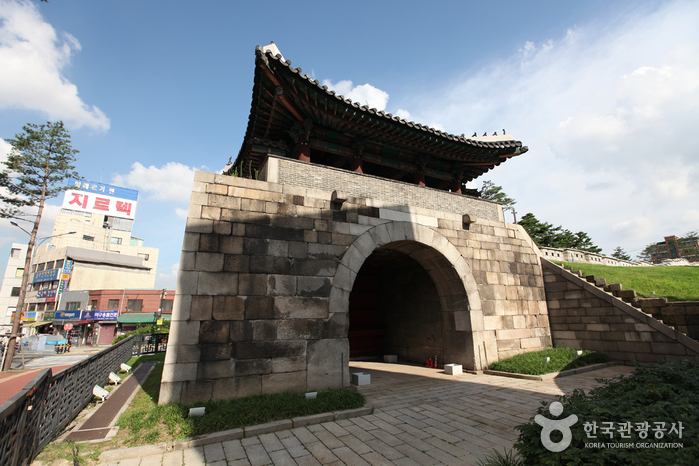
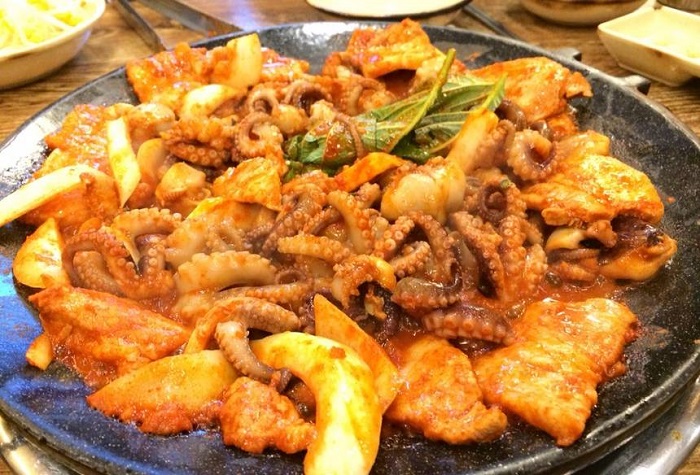
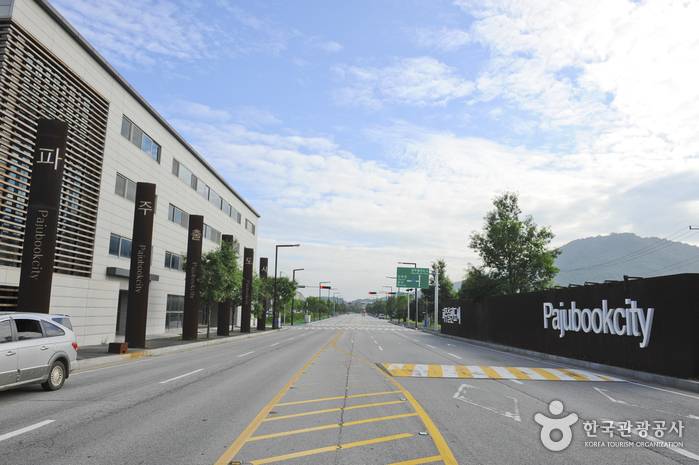
![Sujeong Pharmacy [Tax Refund Shop] (수정약국)](http://tong.visitkorea.or.kr/cms/resource/57/2878757_image2_1.jpg)
![Mayfield Hotel [Tax Refund Shop] (메이필드관광호텔)](http://tong.visitkorea.or.kr/cms/resource/89/2880089_image2_1.jpg)
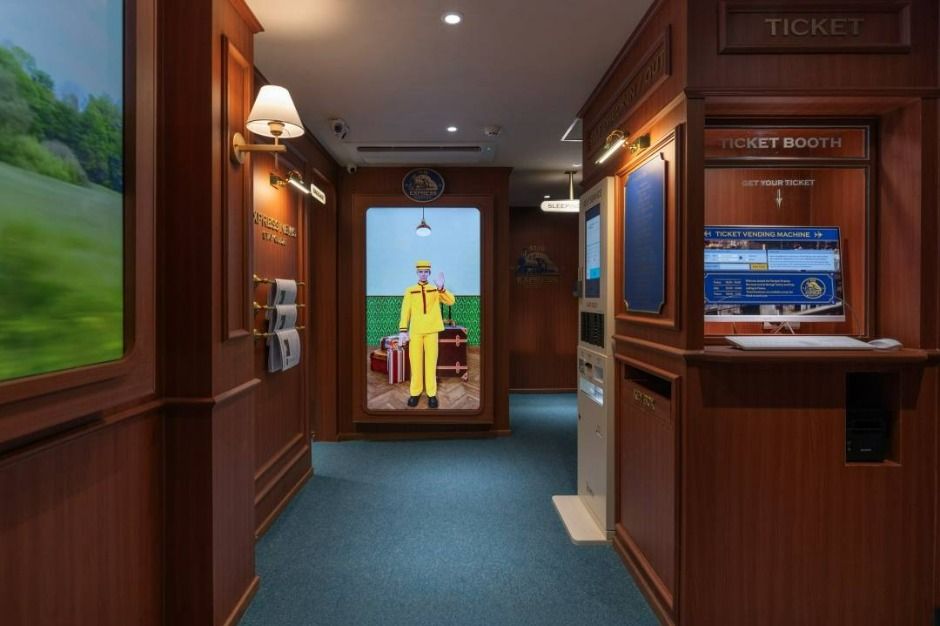
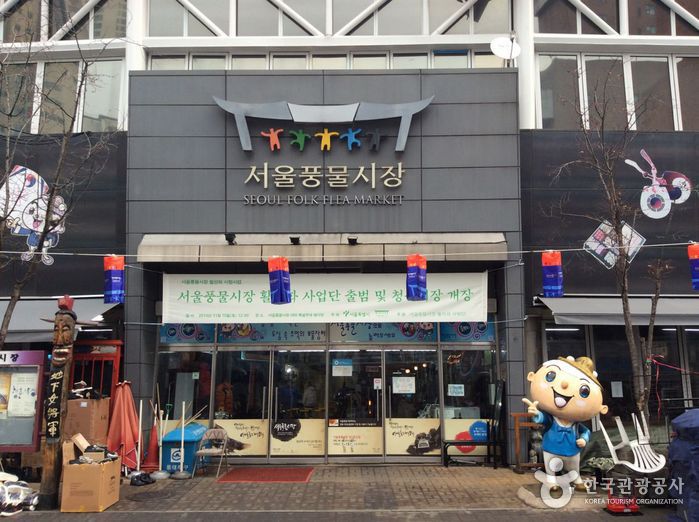
 English
English
 한국어
한국어 日本語
日本語 中文(简体)
中文(简体) Deutsch
Deutsch Français
Français Español
Español Русский
Русский